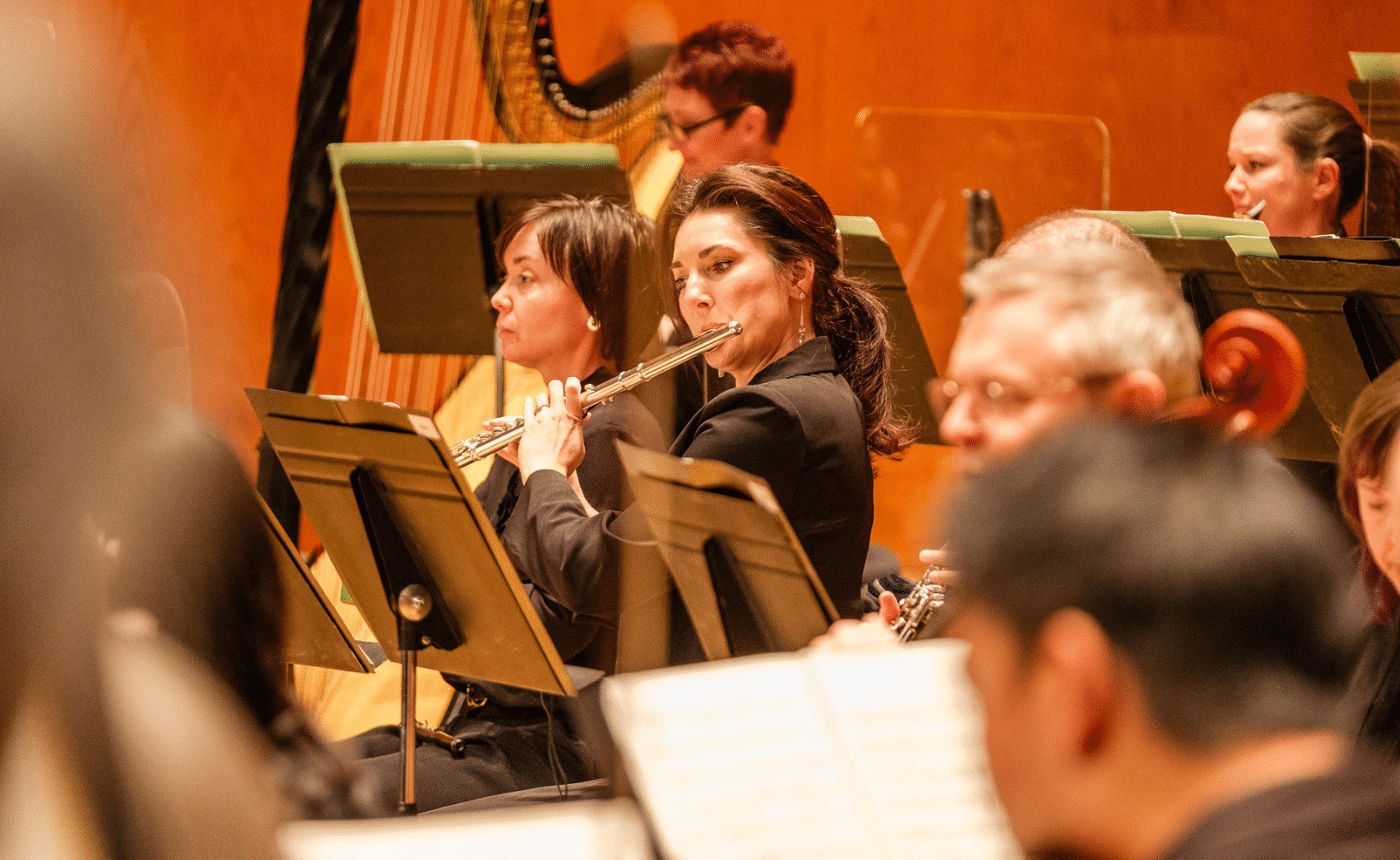BACH – Brandenburg Concerto No. 5 & No. 6

Johann Sebastian Bach
WHAT TO LISTEN FOR IN THE BRANDENBURG CONCERTOS NOS. 5 AND 6: Bach’s Brandenburg concertos are, with Handel’s dozen concerti grossi, the prime exemplars of the concerto grosso form. These precursors of the solo concerto have an appeal both visual and aural: two small groups of players, one larger and arrayed just behind the smaller group, play a suite typically comprised of three to five movements of alternating tempi, most often fast-slow-fast. Though the Brandenburgs are not intended primarily to feature solo instruments, No. 5 sounds for all the world like a harpsichord concerto. It is actually composed in concerto grosso form, for solo instruments including flute and violin as well as harpsichord. But while Bach adored the violin, the Brandenburg Concerto No. 5 does seem to showcase the harpsichord in preference to the flute and violin. The themes are written for speed and sparkle, and sound less spectacular when they are handed off. Even in slower, more lyrical sections, they are well-suited to the keyboard. But together, the three solo voices blend beautifully, and one can readily hear why this combination was so popular in Bach’s day. In contrast with No. 5, No. 6 lacks violins in its original scoring; instead, two viole da braccio (conventional violas) and viole da gamba (played, like a cello, between the legs) are called for. One can only wonder why Bach, who kept up with all the latest developments in musical instruments, specified one that was already old-fashioned by then. Whatever the reason the result is a glorious tapestry of string textures culminating in a lively gigue.
https://www.youtube.com/watch?v=JXYn8nlHkDk












